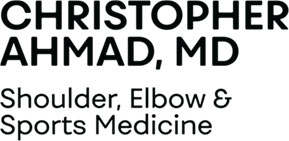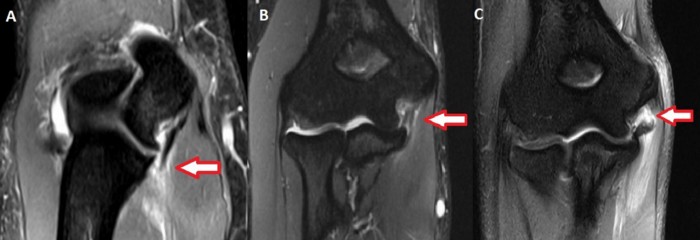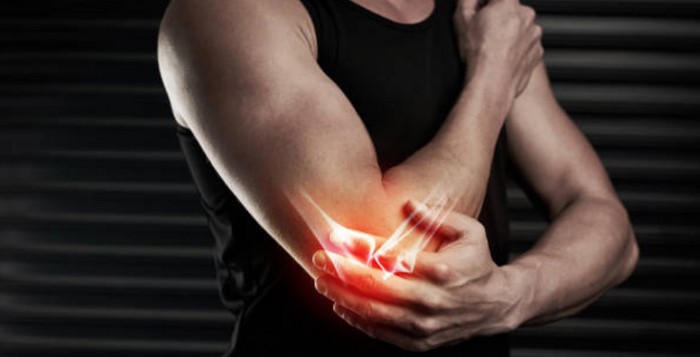I reviewed game film after our Yankee starting pitcher walked off the mound holding his elbow. To the naked eye of a Tommy John surgeon, his last pitch indicated no mechanical flaws that would suggest injury. His release point seemed the same as his prior pitches. The ball had movement, good location, but it was a few tics down on velocity. Yet after that single pitch, he waved to the athletic trainer with his glove hand and eventually walked off the mound and made his way to the training room to see me.
Elbow UCL injuries from throwing are elusive and far different when compared to other athletic ligament injuries. When a player sprints full effort to first base to beat out a grounder and his foot hits the edge of the bag, his ankle twists and he tumbles to the ground. Slow motion video shows a grotesque inverted position of the ankle clearly indicating ankle ligament disruption. When a soccer player stops and cuts and falls to the ground holding his or her knee, the video shows the knee rotated and angled just before an ugly buckling occurs. When a basketball player dislocates their shoulder, there is obvious deformity with the entire arm hanging low. The UCL of the elbow is different. In fact, in my research, I have reviewed film on numerous MLB players to learn if something was off with their injury pitch. With some disappointment, there is nothing obvious to the naked eye that was occurring at the elbow. But there is an explanation as to why there is little to no difference.
Tommy John surgery in professional baseball has a newly discovered predilection for players that have a specific history. TJ surgery is performed more often in players more who had a childhood injury compared to players who never had a childhood injury. This suggests that injury to the UCL does not heal with 100% its native strength. And if a player sustained multiple injuries during their amateur career, the repetitive injuries can accumulate into a weak noodle for a ligament. It is also plausible that weakening of the ligament can occur with absence of symptoms, or with mild symptoms attributed to normal soreness.
Many players and weekend warriors are uncomfortable with the diagnosis of knee arthritis. Arthritis is a process of articular cartilage thinning. Articular cartilage is the lining tissue of bones that make low friction contact in the 360 joints of the human body. The thinning process is often slowly progressive over time. And with no symptoms. Then one day, the athlete tweaks their knee while going for a short jog and has pain that was never experienced before. When the MRI features of arthritis are explained, the patient is usually convinced that the jog caused the problem, not a slowly progressive problem that finally emerged. I try the car tire analogy in this situation. As miles are accumulated, a closer look at the tires reveals that they are getting thin and worn. Suddenly you drive over a nickel sized piece of broken glass and bang — you have a blowout. Was it really the piece of glass?
As I sit in an executive medical meeting, I take the paper clip off the paper packets that were distributed. While data is communicated, I play with the paper clip and try to unbend it to make it perfectly straight. I keep tweaking the angles until it can roll on the table like a pencil. At some point I bend the paper clip back and forth in its mid-section. At about the 5th bend it simply breaks in two. But on the 4th bend, it was completely intact. The elbow UCL is just like the paper clip. MRI imaging of the UCL in patients with mild symptoms often shows intact UCL fibers, but occasionally with fluid swelling adjacent to the ligament. The UCL is not torn, therefore surgery is not recommended in that situation. But the ligament is likely weakened. This is why adult players with a childhood or adolescent injury history have greater incidence of Tommy John Surgery. It is clear that the challenge in baseball sports medicine is to stop the paper clip from bending. Especially the 5th bend!
Christopher Ahmad, MD is Head Team Physician for The New York Yankees, and author of the book Skill




